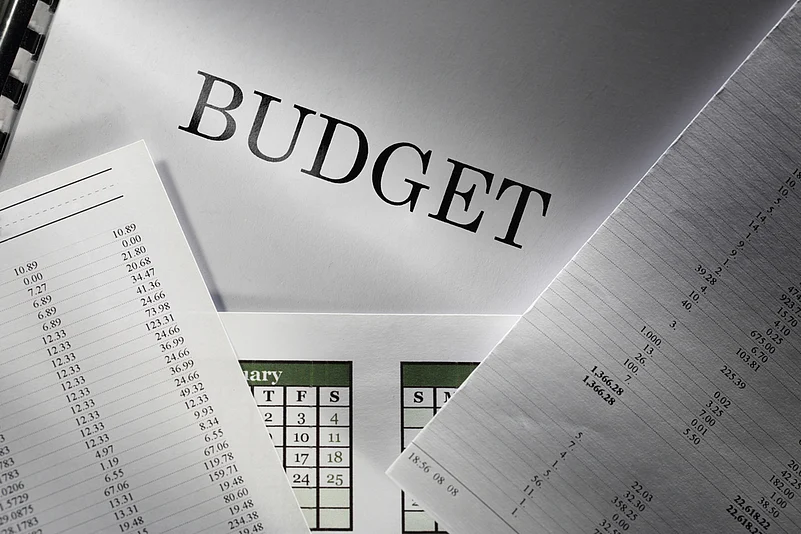Modi 2.0’s first budget came with a lot of expectation of big-ticket reforms but turned out to be a political lecture rather than an account and expenditure statement.
Across the board, there were expectations that the social sector, which has been routinely ignored by this government so far, would get a look into. However, though there was a lot for the rural sector, the social sector largely went unnoticed by this budget but for the announcement of listing of social enterprises and bodies working on social welfare in a social stock exchange that will work under the guidance of markets watchdog Sebi. This is in the pattern of some countries like the UK where social stock exchanges exist.
Advertisement
Like in most of the other budgets of the NDA government, the one thing that stands out in Nirmala Sitharaman’s maiden budget is the total lack of any relief for the middle class. In its quest to look at the big picture, this section of the populations seems to have been totally overlooked by the government.
Take personal income tax for instance. While there is no relief for the middle class in terms of personal income tax, the only announcement was a reiteration of the proposal announced during the Interim Budget in February –Income Tax rebate for all those earning up to Rs 5 lakh per annum to such effect that they will not pay any Income tax.
Advertisement
There was a general expectation that Income Tax slabs would be reoriented to give some relief to taxpayers. An increase in the threshold limit to Rs 3 lakh was something that the general taxpayer was anticipating especially when the Finance Minister began Part B of her Budget Speech by thanking the taxpayer. However, that did not happen and there was no mention whatsoever to this effect by the Finance Minister. The last rejiging of the slabs was a good five years ago.
The only major change that has been made in the Income Tax brackets is the increase in surcharge and therefore tax for the super rich or those earning about Rs 2-5 crore. Tax for these high net-worth individuals (HNIs) will increase by 3% and 7%.
It is not that the middle class will not be affected by the measure. First and foremost, a Re 1 increase in additional excise duty and surcharge on petrol and diesel will make fuel costlier for anyone owning a two-wheeler or a four-wheeler. That would impact the middle-class monthly budget significantly.
Plus any increase in fuel prices has a cascading effect on the economy and results in inflation and an increase in the general price level of everything. Has the government taken that into account? So where is the Acche Din? To add insult to injury, gold will now become more expensive as import duty on gold and other precious metals has been hiked from 10% to 12.5%. Considering that India is one of the largest importers of gold, the government will make the moolah while it is going to cost people dearly.
Advertisement
The only area where the government seems to have relented is by offering tax rebates for people buying electric vehicles. But is India ready for electric vehicles at all? There is a sheer lack of supporting infrastructure for electric vehicles because of which some of the earlier initiatives by prominent car makers have been non-starters or stillborn. In such a situation the government should have burnt more fuel in developing the infrastructure and charging stations rather than jumping into providing incentives for buying electric vehicles.
Smaller measures like interchangeability of PAN and Aadhaar would probably make things easier when dealing with government departments and in the opening of bank accounts. But that will be evident when it boils down to the grassroots and how various institutions implement this. And of course, this will not make people any richer.
Advertisement
Starting her budget speech the finance minister said, “We have set the ball rolling for a new India.” Clearly, the Indian middle class is not part of that new India.















 Just one email a week
Just one email a week